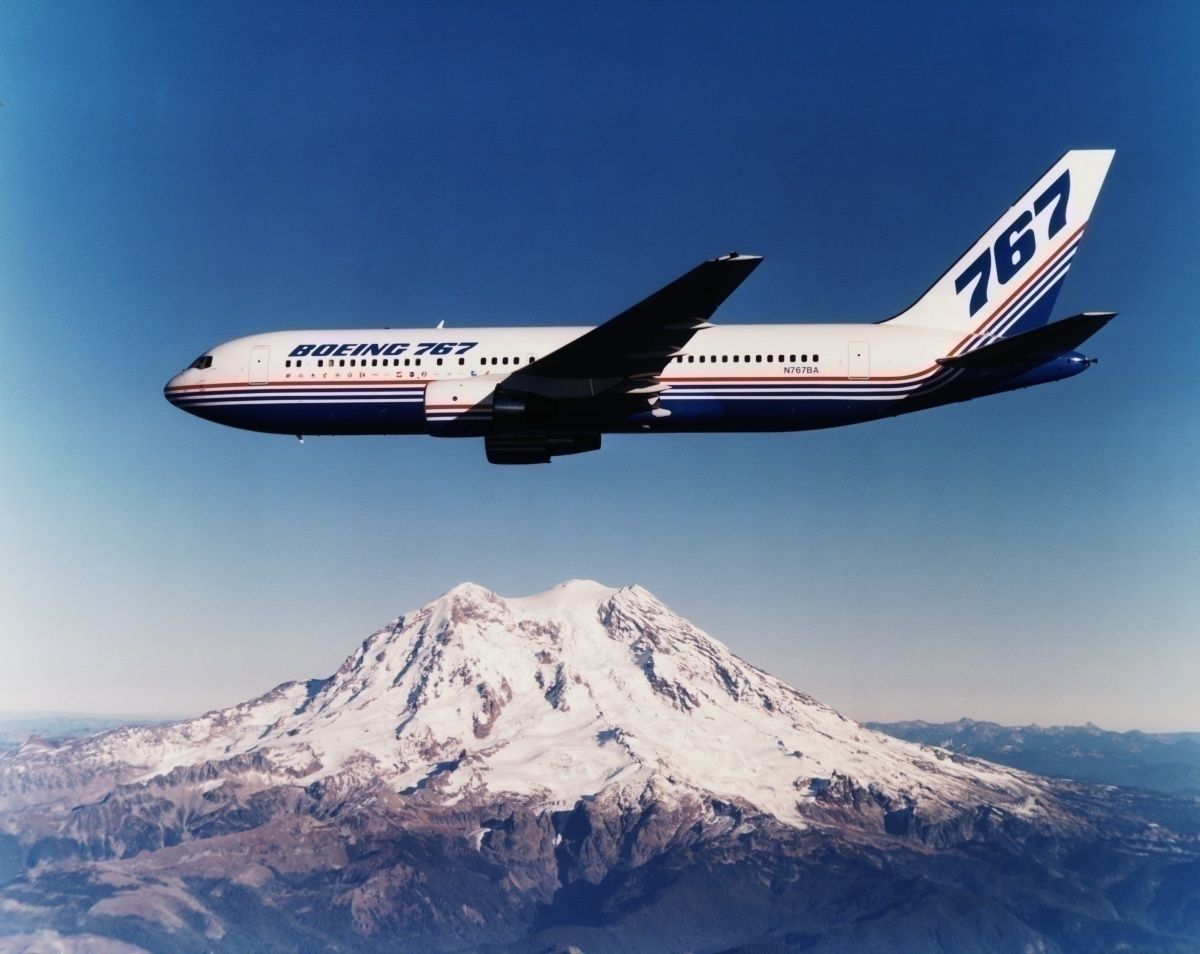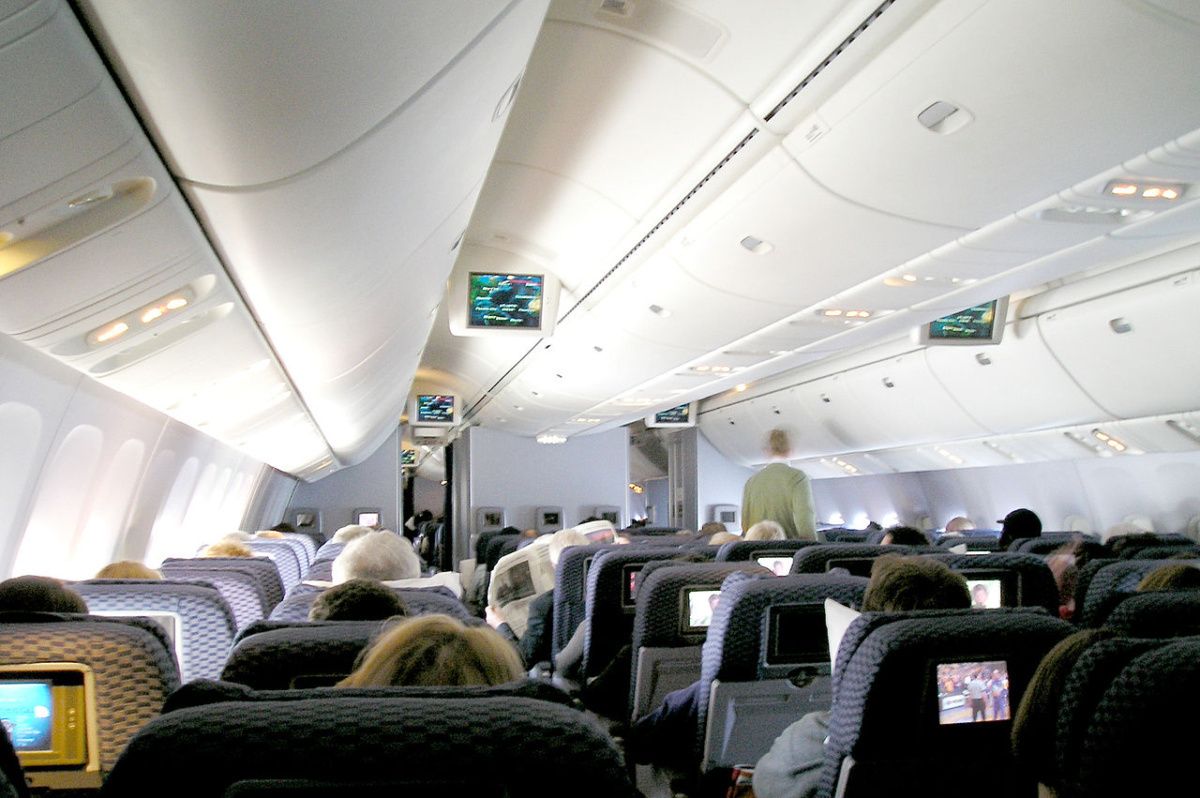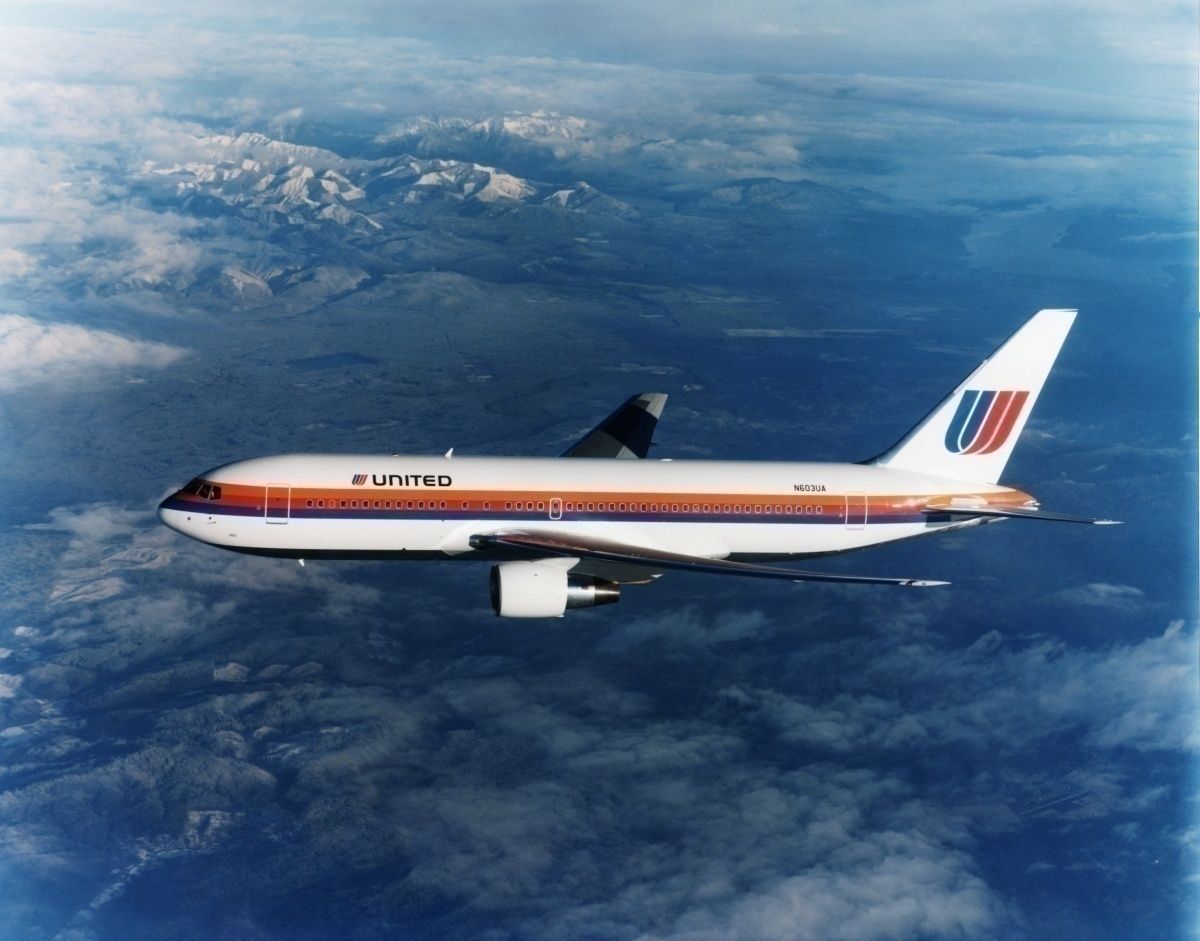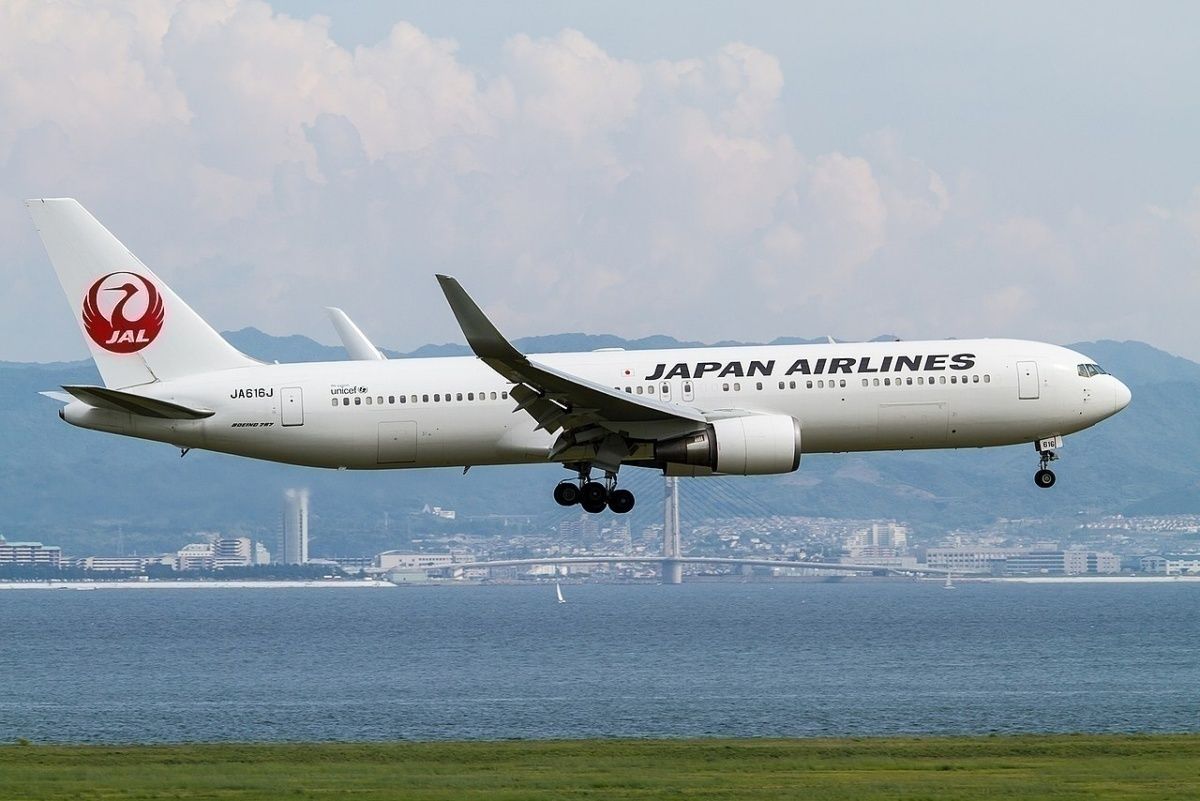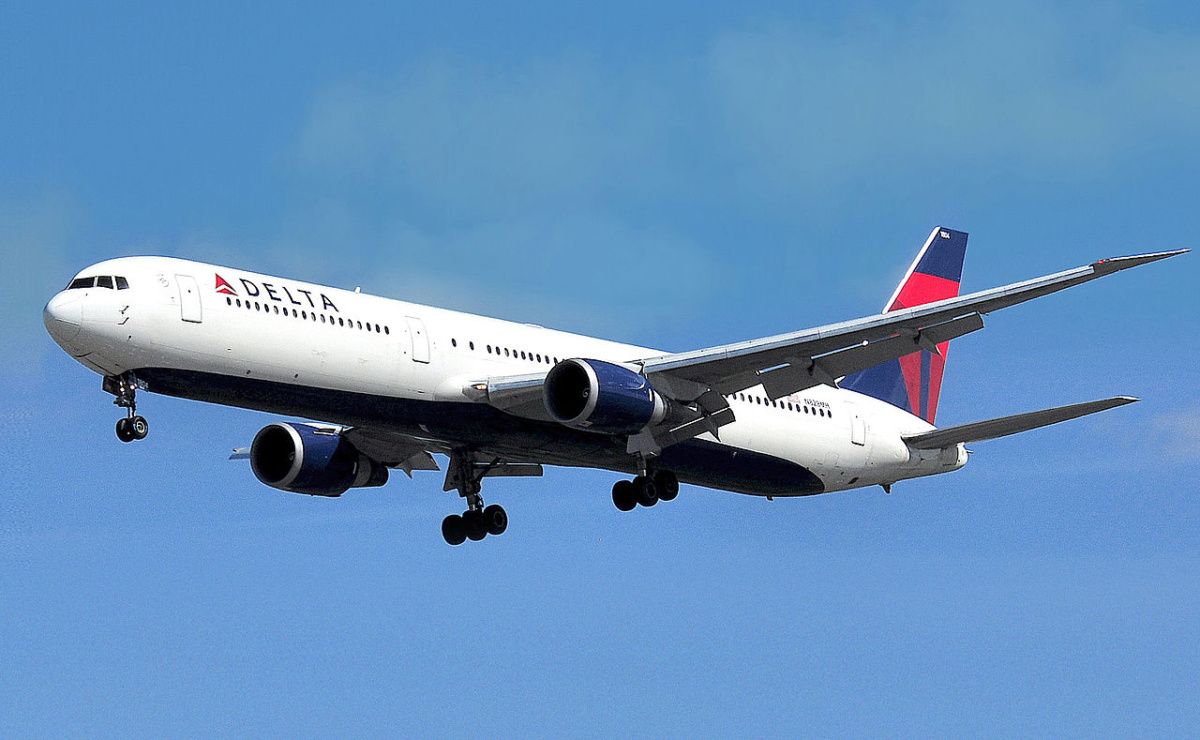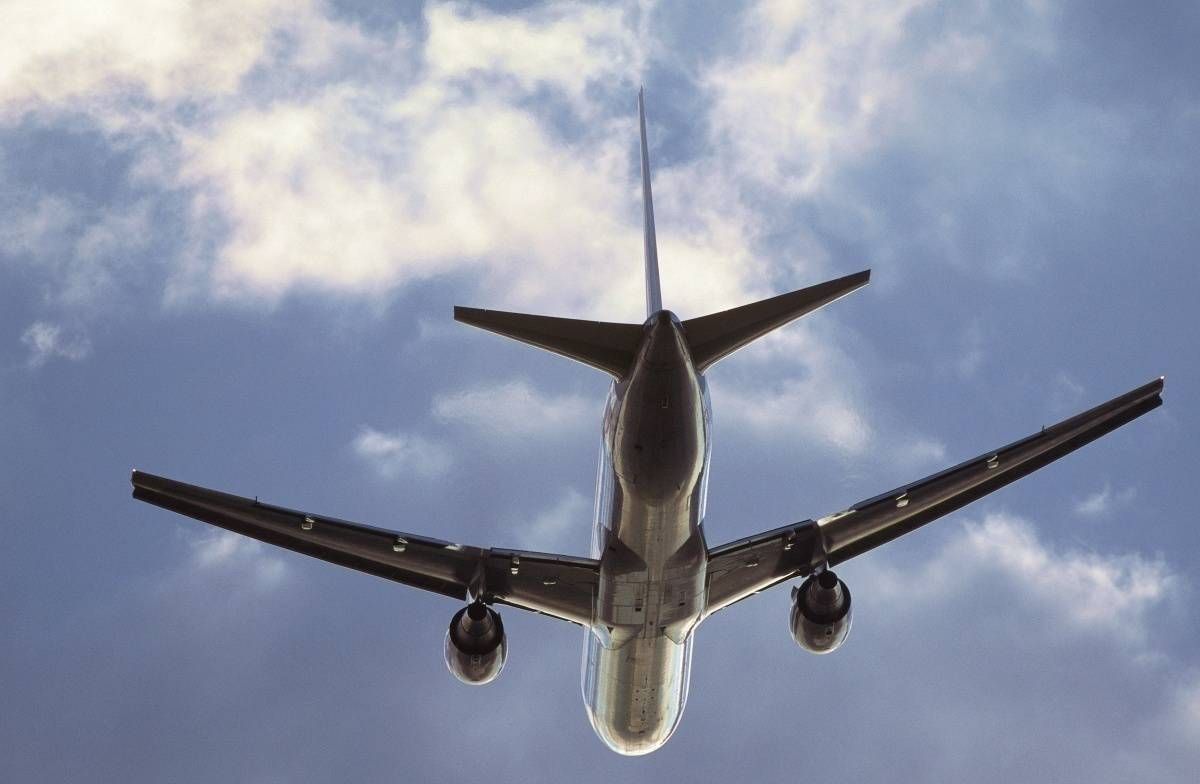Before we get into why Boeing decided to cancel the 767-400ERX, let's first look at how the Boeing 767 came about. After launching the hugely popular Boeing 747, the Seattle planemaker realized it was too big for some airlines. Everyone loved the widebody layout but wanted a version of it in a smaller aircraft.
Boeing wanted to design a plane to replace its best-ever selling commercial airliner, the Boeing 727, and with the workhorse coming to the end of its life, the company needed to build a replacement. Since 1960, the firm received 1,825 orders for the 727, making it a staple of domestic airline fleets. American Airlines told Boeing that they would like to purchase an aircraft with two engines rather than three like the 727 and that it must be quieter and burn less fuel.
The 767 was designed to have two aisles
Boeing started work on what would become the trailblazer for ETOPS (Extended-range Twin-engine Operational Performance Standards). Initially, the manufactuer focused on building a short-range, twin-aisle, twin-engine jet with short take-off and landing (STOL) capabilities.
According to a survey done by United Airlines and others, customers would be more likely to remember the 767 if it was a twin-aisle plane. To do this, Boeing designed the aircraft to have three seats in the middle and two seats on each side. While giving the same appearance as the bigger 747, the 767 would be more passenger-friendly with no more than one seat ever being away from the aisle. Overhead bins would also be more extensive and galleys more advanced for preparing inflight meals.
Along with the reduced fuel costs and engine noise, the aircraft would only need to have two pilots instead of three because of an advanced flight system. Initial flight tests showed that the 767 would use about 60% as much fuel as the 727 and have a range of up to 4,000 miles (6,437 km), ideal for flights between the east and west coast of the United States and longer routes like Seattle to Miami.
United was the first 767 customer
The Boeing 767-200 first entered service with Chicago-based United Airlines on September 8, 1982, making its maiden flight as United Airlines Flight 1767 from Chicago to Denver.
The original 767-100 with 190 seats was dropped as it was a similar size to the 757 leaving Boeing to focus on the 210 seats 767-200. An extended range version followed in 1984 called the 767-200ER, while Boeing made the plane bigger, unveiling the stretched 767-300 in 1983, and the extended-range version designated the 767-300ER in 1984. Both new models of the aircraft offered a 20% increase in passenger numbers, with the 767-300ER capable of flying nonstop for 5,990 nautical miles (11,090 km).
JAL took delivery of the first 767-300
The first 767-300 entered service with Japan Airlines (JAL) in 1986, while the longer-range version was first flown by American Airlines in 1988. Both the 767-300 and 767-300ER proved to be popular with airlines accounting for nearly 66% of all Boeing 767s. During the early 1990s, the Boeing 767 became the go-to aircraft for transatlantic flights, and by the end of the decade, it had performed more flights between North America and Europe than any other plane.
The 767 also got airlines to forgo hub and spoke operations in favor of more point to point flights. The 767, with its low operating costs, now allowed airlines to fly to secondary population centers eliminating the need for connecting flights.
Only 37 767-400s were ever built
In 1995 Boeing gave up on the idea of building a smaller 777 and decided to take another look at increasing the size of the 767, which it would call the 767-400X. The new plane would increase passenger capacity by 12% and offer an upgraded flight deck and a revitalized interior. With Boeing knowing that Delta Air Lines was looking to replace its Lockheed L-1011 TriStars, Boeing had a ready-made customer.
The Seattle planemaker faced some competition though with the Airbus A330-200, a shorter version of the A330. In the end, Delta opted for the 767-400ER and was soon followed by Continental Airlines as a replacement for its McDonnell Douglas DC-10 fleet. Only 37, 767-400ERs were delivered to Delta and Continental, the only two airlines to order the plane.
The 767-ERX
After building a successful aircraft, Boeing wanted to take it a step further by adding more fuel-efficient engines and a more extended range. The new aircraft, named the 767-ERX, was ordered by Kenya Airways in 2000 to be delivered in 2004. The 767-ERX was also offered to Vienna-based Lauda Air for its charter holiday business. Unfortunately for Boeing, things were not going well for Lauda Air, with the airline becoming a wholly-owned subsidiary of Austrian Airlines in December 2000.
Boeing's second issue with building the 767-ERX was they needed the engines being developed for the 747X, a larger variant of the Jumbo with a bigger payload and better-operating costs. At the time, the 747X was supposed to be competition for the Airbus A3XX that we now know was the Airbus A380.
The problem Boeing now faced was that the much bigger 747X would cost a lot more to build and would have airlines thinking twice about forking out so much money. After mulling it over, Boeing decided that there was no market for the plane and killed it.
When the 747X program got canceled, so did the engines, and the 767ERX's chance of ever going into production. Added to this was that Kenya Airways and its order for three planes were the only ones Boeing had on its books.
The 767-400ERX was too late
Perhaps more relevant to the decision to shelve the 767-400ERX was the fact that it came along too late in the production cycle. The Airbus A330-200 was already being made and offered airlines an increased capacity and range over the 767-400ER, which, as you will remember, only Delta and Continental ordered. The 767-400ERX would have addressed this, but without the engines, it was now a non-starter. Once the decision was made not to proceed, Kenya Airways switched its order to three 777-200ERs.
What do you think about the decision to shelve the Boeing 767-400ERX? Please let us know your thoughts in the comments.

